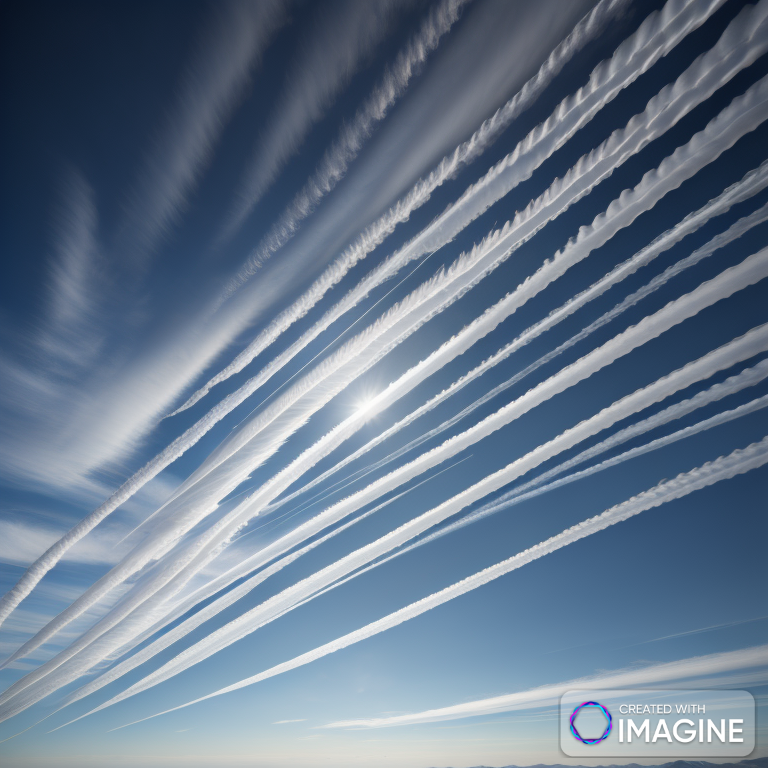
Why do only some planes leave white trails, but not all?
Have you ever looked up at the sky and seen those long, white clouds that airplanes leave behind? They're like puffy little clouds that follow airplanes wherever they go. These clouds are called contrails, and they're not just there to make the sky look pretty.
Imagine you're blowing bubbles outside on a cold day. When you blow out the bubble, the warm air from your lungs mixes with the cold air outside, and the water in your breath condenses into tiny droplets that make up the bubble. Contrails are kind of like that.
When an airplane flies high up in the sky, its engines burn fuel and make hot exhaust. This hot exhaust mixes with the cold air up there, and the water vapor in the exhaust condenses into tiny droplets that form the contrails.
But why do some planes leave contrails and others don't? It's like blowing bubbles on a cold day – sometimes the air is too warm, or it's not cold enough, and the bubbles won't form.
If the air up in the sky is too warm, the water vapor won't condense into droplets, and there won't be any contrails. Also, if the air is too dry, there won't be enough water vapor to form contrails.
So, the next time you look up at the sky and see those airplane puffs, remember that they're not just there to make the sky look pretty. They're like little science experiments in the sky, showing us how hot and cold air mix together.